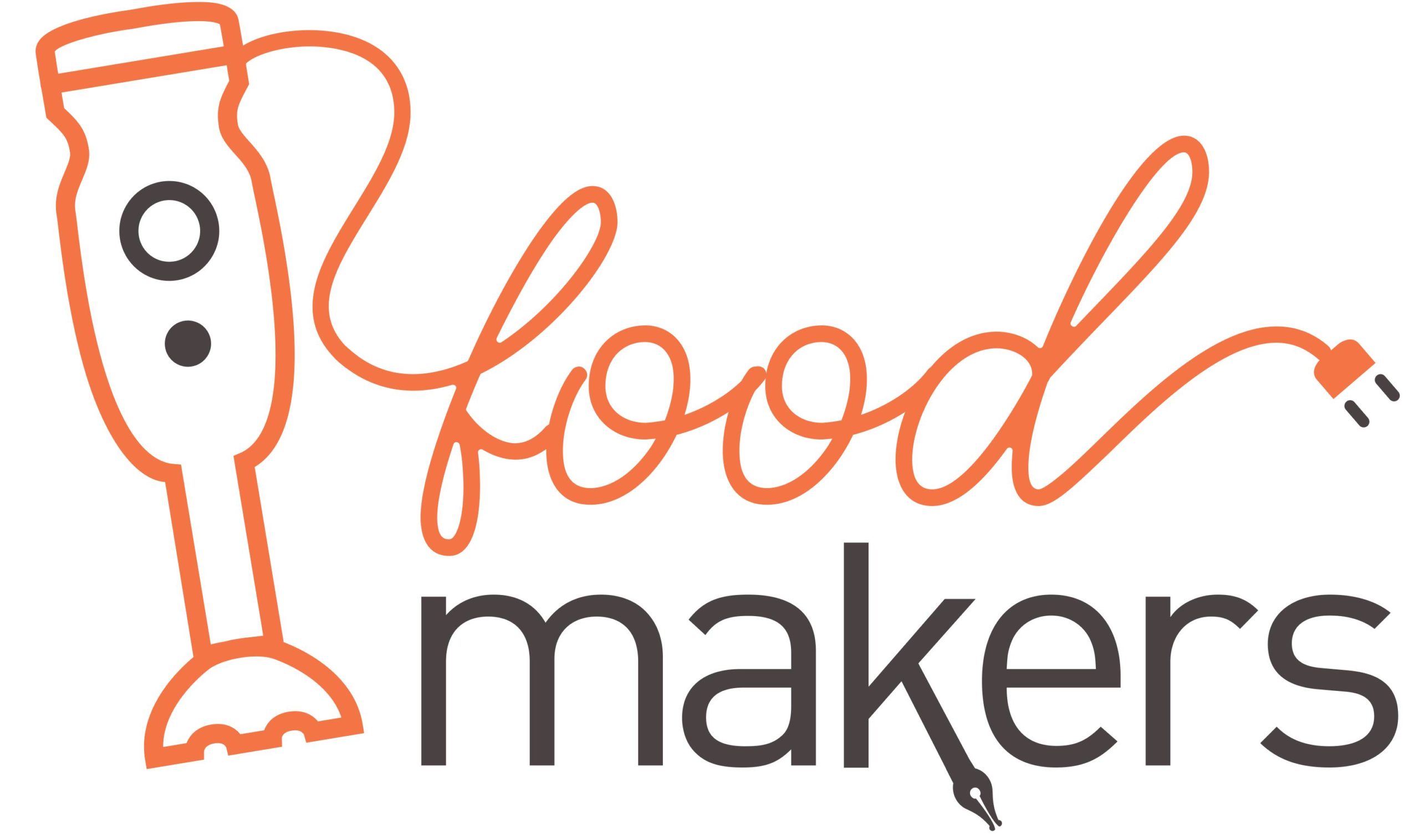Dietquality.org: launch of website providing new data and tools to enable diet quality monitoring globally.
- The website houses new data about diets in 56 countries, showing key issues and highlighting areas that need focus. 37 more countries will be added over the next two years.
- Dietquality.org has country-adapted data collection tools for 117 countries. These downloadable, easy-to-use tools help overcome a major technical barrier and democratise diet quality measures for all.
Gallup, Harvard T.H Chan School of Public Health and the Global Alliance for Improved Nutrition (GAIN), today launched the Global Diet Quality Project’s website, dietquality.org, releasing data from 56 countries alongside ready to use tools for diet data collection and analysis. This launch follows the Measuring What the World Eats report launched last October, which published the first tranche of diet quality data from 2021. The unveiling of new data from 2022 demonstrates how rapidly results can be available and used effectively. The data is available in user-friendly visuals that can inform decision-makers at all levels, from global bodies to national and regional authorities, to donors and NGOs.
Andrew Rzepa, Partner at Gallup said, “The Global Diet Quality Project was conceived to bring visibility, accountability and understanding of what the world eats. With this latest launch of publicly available data, we now have coverage for over 55 countries representing almost three-quarters of the world’s population. We call upon researchers and policymakers to use this trove of data to support interventions and policies that lead to good nutrition, improved public health and wellbeing.”
The Global Diet Quality Project’s innovative data collection tool, the Diet Quality Questionnaire (DQQ), enables countries to analyse both adequacy of diets and consumption patterns related to non-communicable diseases. The DQQ is adapted for more than 100 countries, both for adults and for infants and young children. It is translated into multiple national languages, to reduce barriers to data collection.
Anna Herforth, principal investigator of the Global Diet Quality Project at the Harvard T.H. Chan School of Public Health, said, “The tools housed on the website are a game-changer because they enable diet quality monitoring, which has not been done in most countries until now. The DQQ only takes five minutes to complete, and the indicators are simple to calculate, providing timely information for addressing a major cause of malnutrition in all its forms.”
The website presents the first database on minimum dietary diversity for women, an indicator of micronutrient adequacy for women aged 15-49 years. It complements this data with new indicators of dietary factors related to non-communicable diseases, that can be disaggregated by urban-rural status and gender. The website also features a user-friendly indicator calculator that can be used to quickly calculate indicators of diet quality based on data collected using the DQQ.
Gina Kennedy, Senior Technical Specialist, GAIN, said, “Dietquality.org is a knowledge-packed website with rich resources to enable primary data collection on diet as well as demonstration of country-level diet quality results. The website is a one-stop platform for learning more about diet quality around the world. The DQQ is a user-friendly tool. You don’t have to be a nutrition expert to use the questionnaire in your own surveys.”
The data from 56 countries and DQQs for over 100 countries are available on dietquality.org. Diet quality results from more countries and additional DQQs will be uploaded over the coming months, as they become available. This makes dietquality.org an exciting website for freely available resources on diet quality data around the world.

